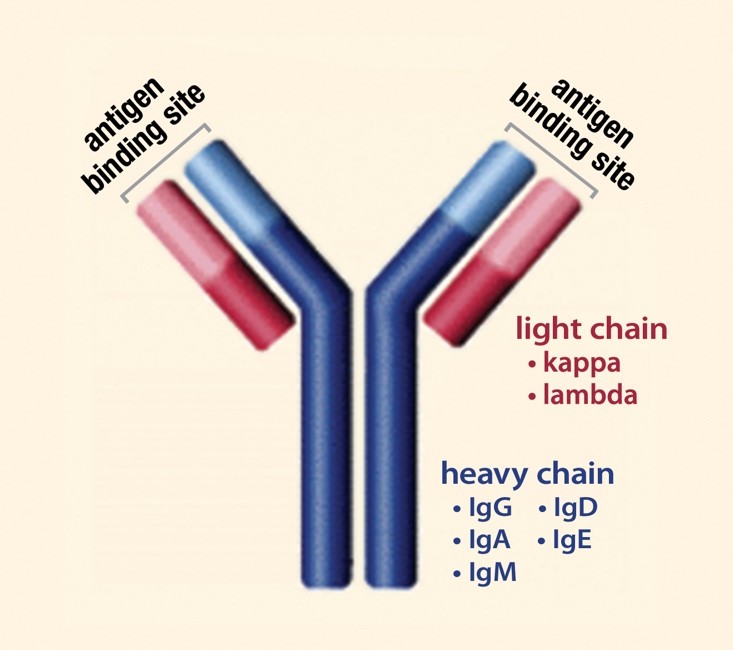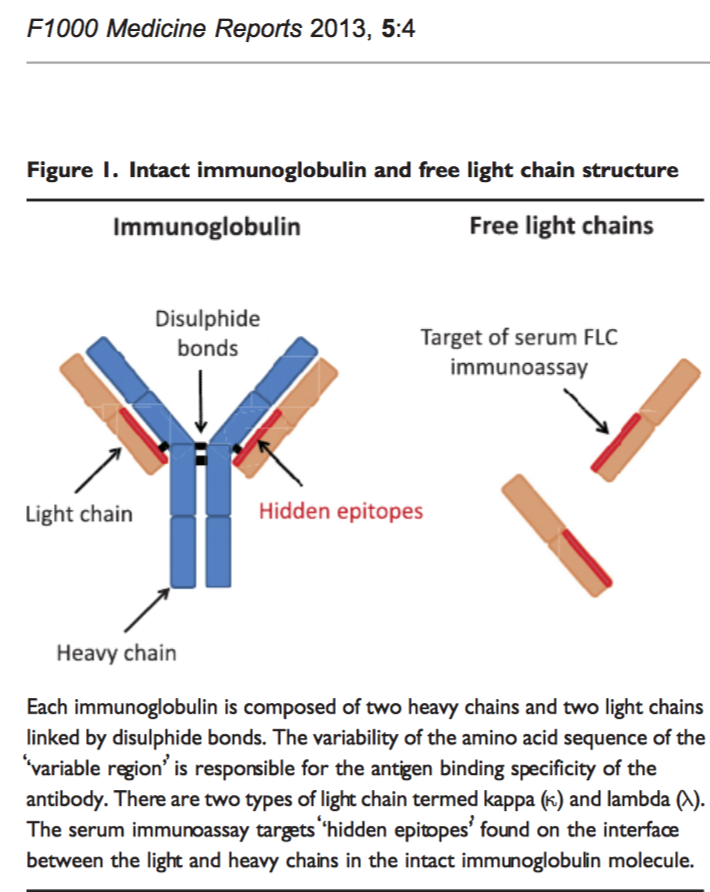
Manni Mohyuddin on Twitter: "Well- Normally kappa FLC are produced more often than lambda.. BUT lambda more frequently forms dimers, which doubles their molecular weight and slows their renal clearance..." / Twitter
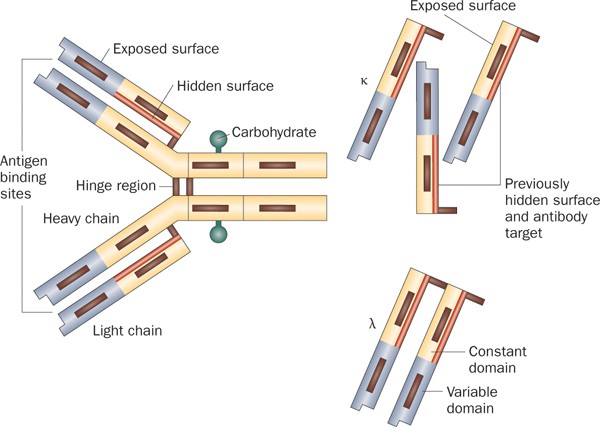
Serum free light chain assessment in monoclonal gammopathy and kidney disease | Nature Reviews Nephrology
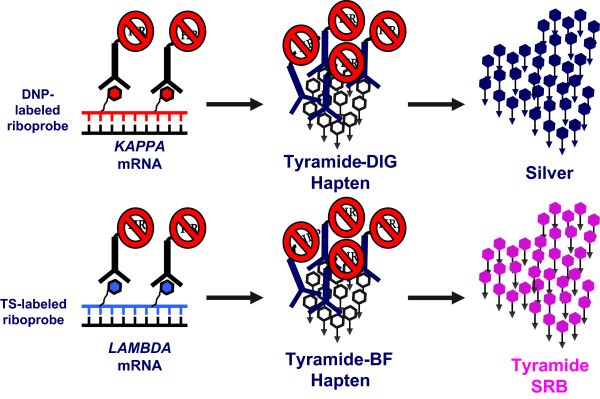
Kappa and lambda light chain mRNA in situ hybridization compared to flow cytometry and immunohistochemistry in B cell lymphomas | Diagnostic Pathology | Full Text

What is the Difference Between Kappa and Lambda Light Chains | Compare the Difference Between Similar Terms
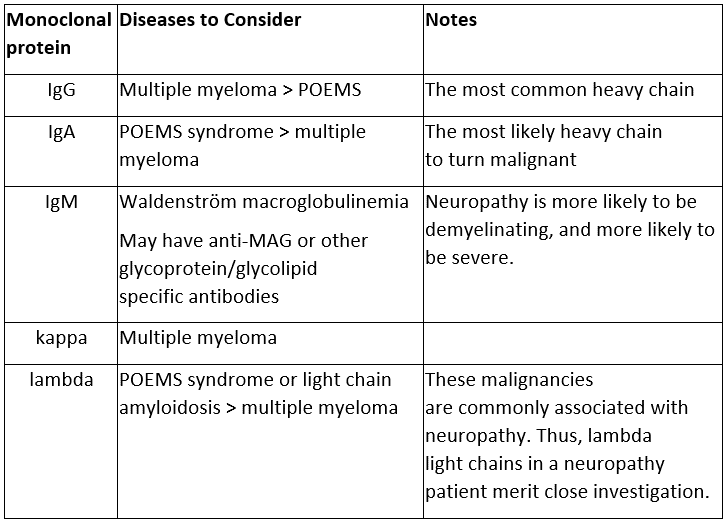
Zach London on Twitter: "6/ Different heavy and light chains are associated with different malignancies. Get to know which with this handy chart. As for me, my heart beats a little faster

sGT LCL clonality assessed based on kappa-lambda light chain exclusion.... | Download Scientific Diagram

Free Light Chains as a Novel Diagnostic Biomarker of Immune System Abnormalities in Multiple Sclerosis and HIV Infection

Paired heavy- and light-chain signatures contribute to potent SARS-CoV-2 neutralization in public antibody responses - ScienceDirect


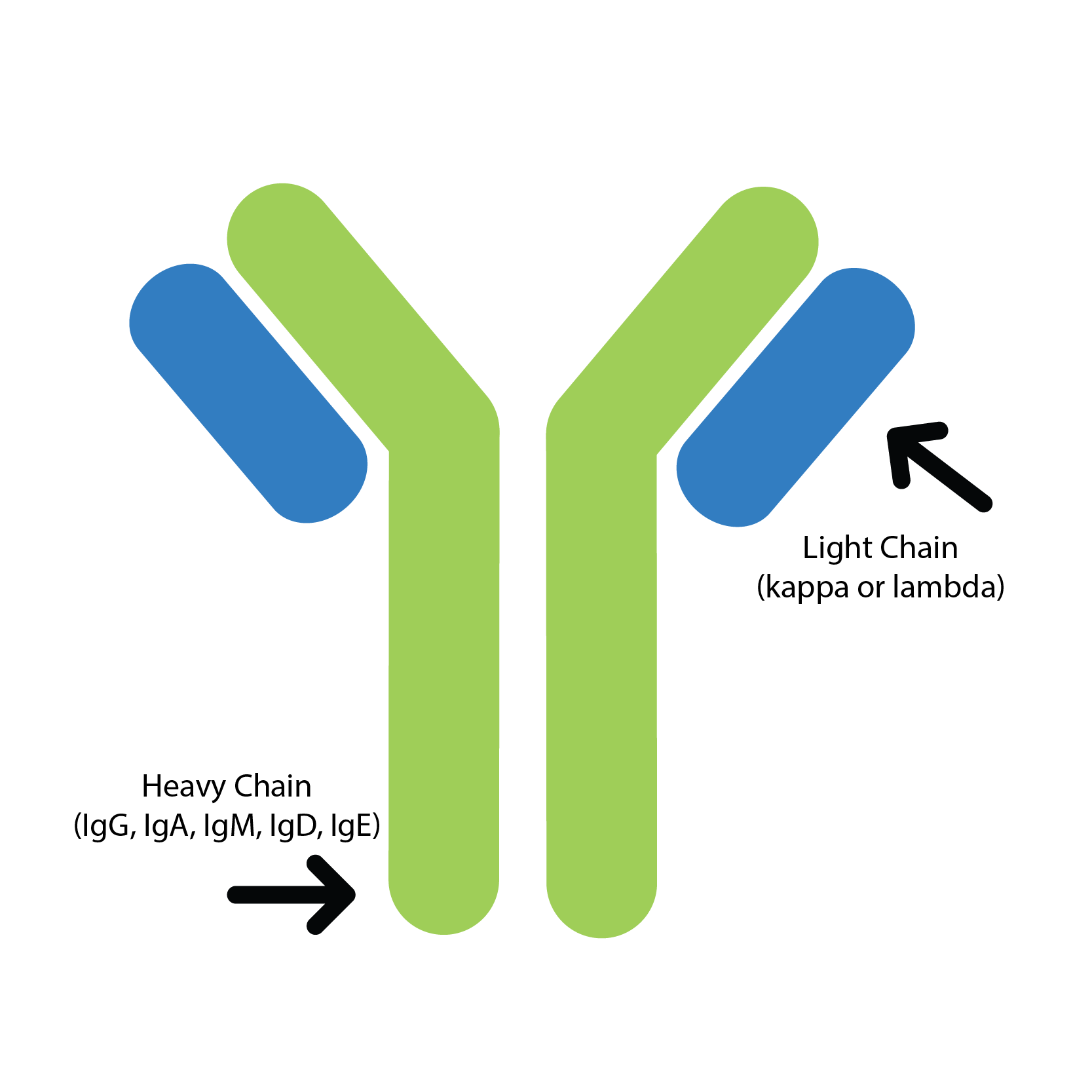
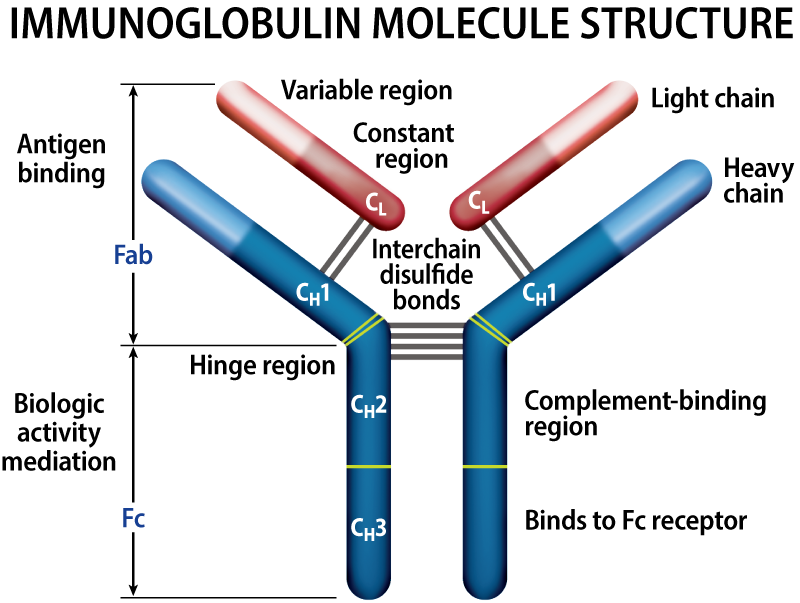
![Recombinant Anti-Kappa light chain antibody [EPR5367-8] (ab124727) | Abcam Recombinant Anti-Kappa light chain antibody [EPR5367-8] (ab124727) | Abcam](https://www.abcam.com/ps/products/124/ab124727/Images/ab124727-8-anti-kappa-light-chain-antibody-epr5367-8-elisa.jpg)




